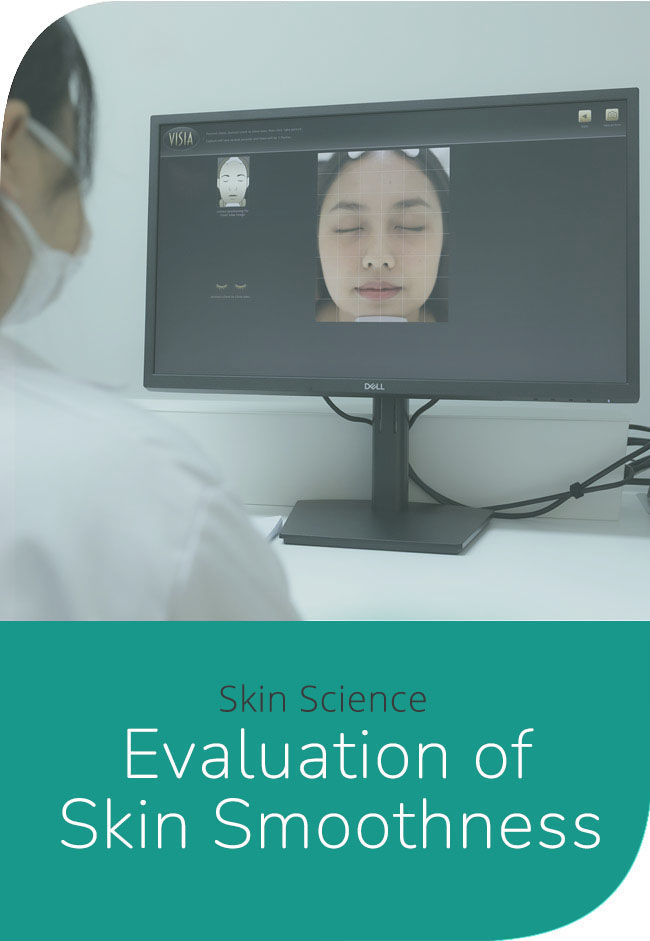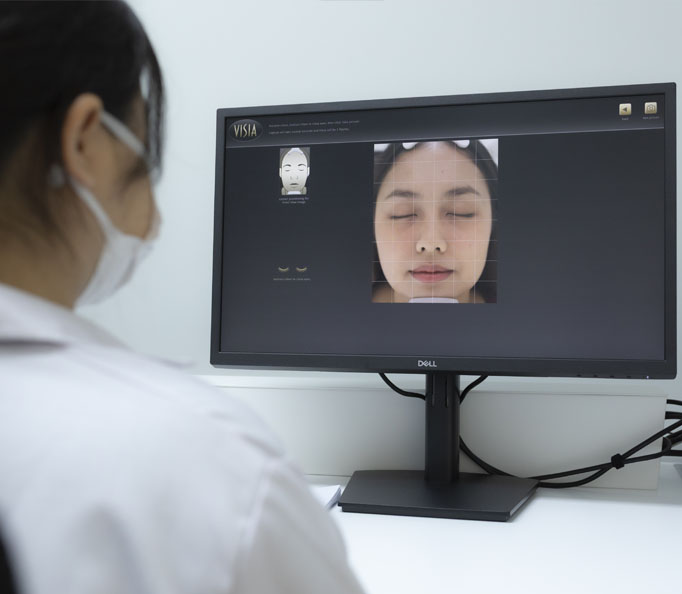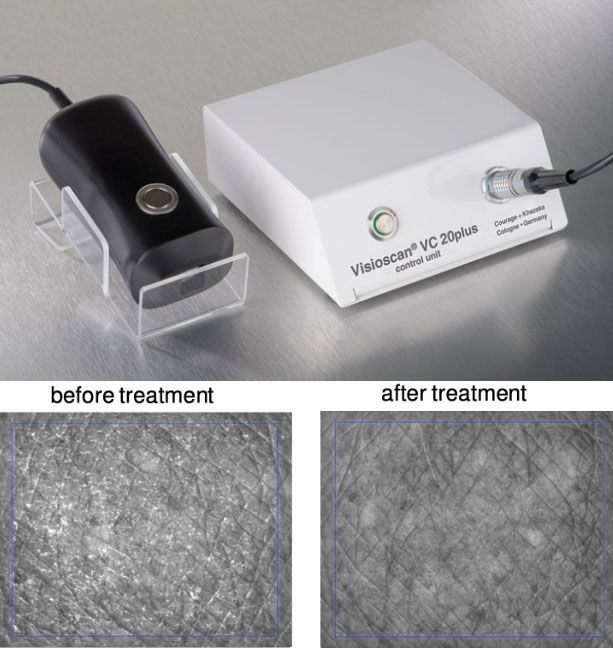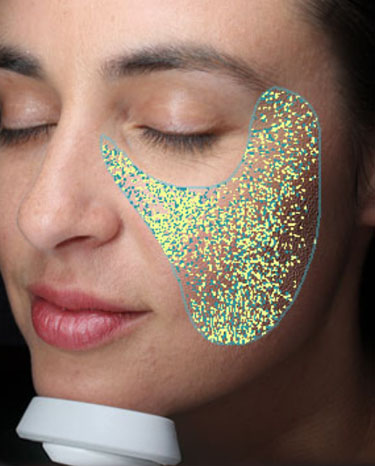The Science and Evaluation of Skin Smoothness: Understanding Skin Smoothness
Skin smoothness is a key indicator of skin health and beauty.
It reflects the overall texture, appearance, and quality of the skin, significantly influencing an individual's self-esteem and confidence. Understanding the science behind skin smoothness, the structural components of the skin, and how to evaluate it effectively helps in achieving and maintaining a healthy complexion.
Background Science of Skin Smoothness
Skin smoothness is influenced by several biological and environmental factors, including:
Skin Cell Turnover: The skin continuously regenerates by shedding dead skin cells and producing new ones. An efficient turnover process promotes a smoother surface. Factors such as age, sun damage, and skin conditions can slow down this process, leading to roughness and uneven texture.

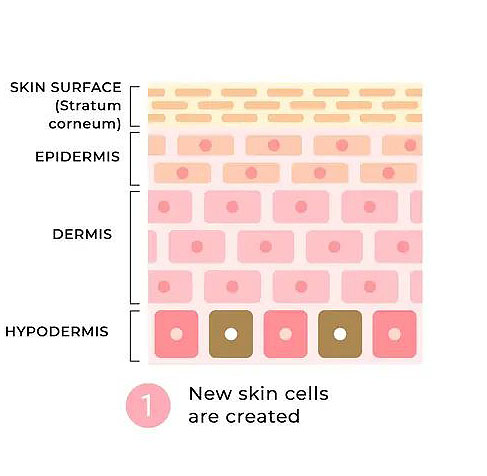
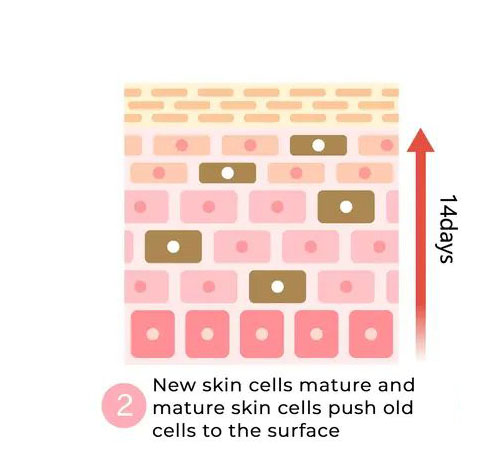
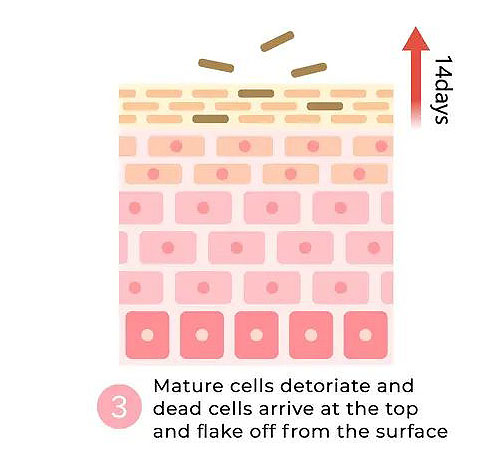
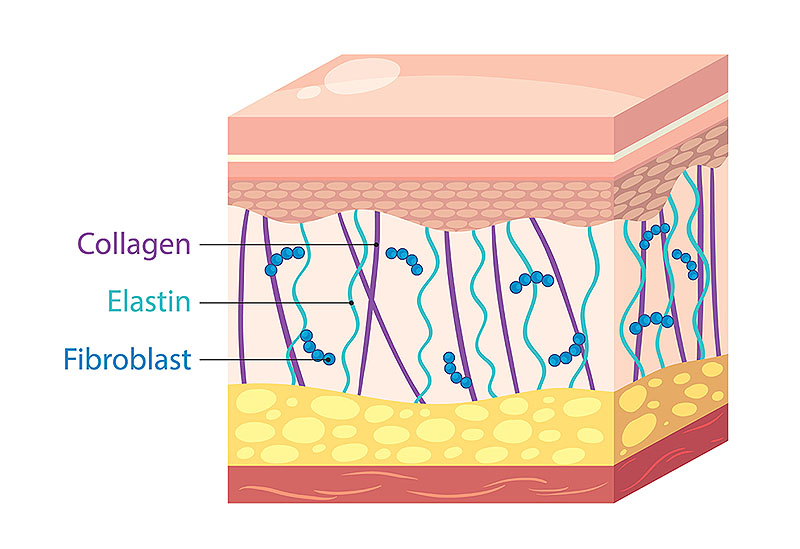
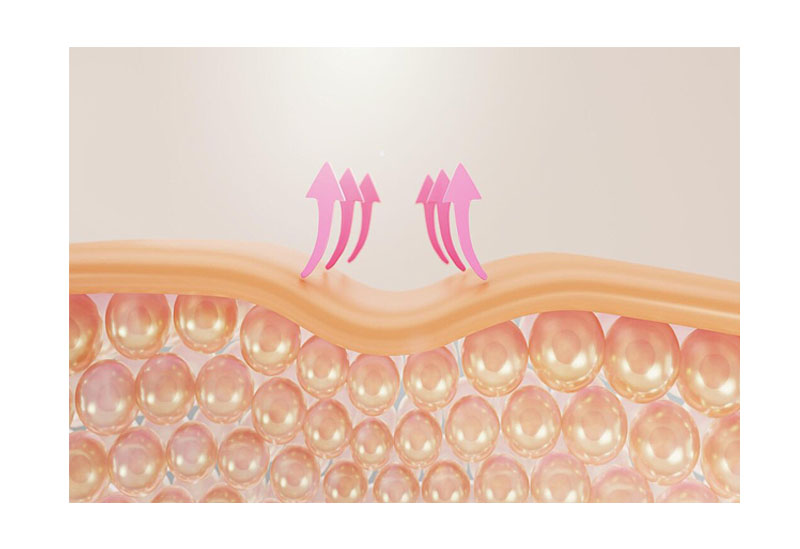
Hydration: Well-hydrated skin is essential for maintaining smoothness. The stratum corneum, the outermost layer of the skin, contains Natural Moisturizing Factors (NMF) that attract and retain water. Proper hydration ensures that the skin remains plump and smooth.
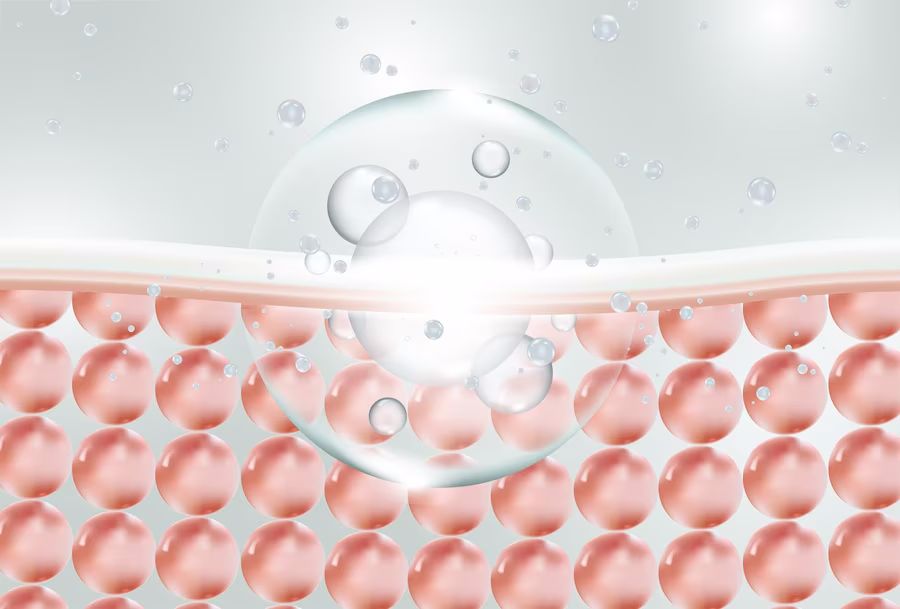
Tools for Evaluating Skin Smoothness
Accurate Accurate evaluation of skin smoothness is essential for assessing skin health and the effectiveness of skincare products. Two advanced tools commonly used for this purpose are VISIOSCAN and VISIA.
1. VISIOSCAN: Assessing Skin Surface Characteristics
The VISIA Imaging System provides a broader analysis of skin conditions, including smoothness, pigmentation, and signs of aging.
How It Works: VISIA utilizes multi-spectral imaging to capture detailed images of the skin, assessing various attributes, including texture and color. This technology helps visualize areas of uneven texture and identify issues that may require treatment.
2. VISIA Imaging System: Comprehensive Skin Analysis
The VISIOSCAN system is an advanced tool designed to analyze skin surface characteristics, including smoothness, roughness, and texture.
How It Works: VISIOSCAN uses digital imaging technology to capture high-resolution images of the skin's surface. It measures the light reflected from the skin and analyzes parameters like surface roughness and smoothness quantitatively.


